Found 25 movies, 0 TV shows, and 0 people
Can't find what you're looking for?
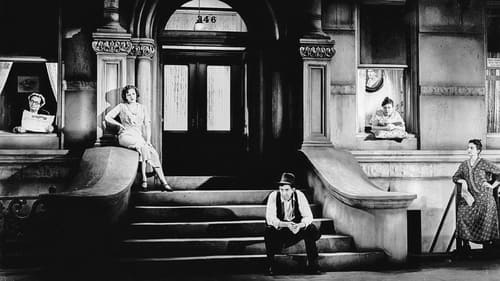
The setting is a city block during a sweltering summer, where the residents serve as representatives of the not-very-idealized American melting pot. There is idle chitchat, gossip, jealousy, racism, adultery, and suddenly but not unexpectedly, a murder.
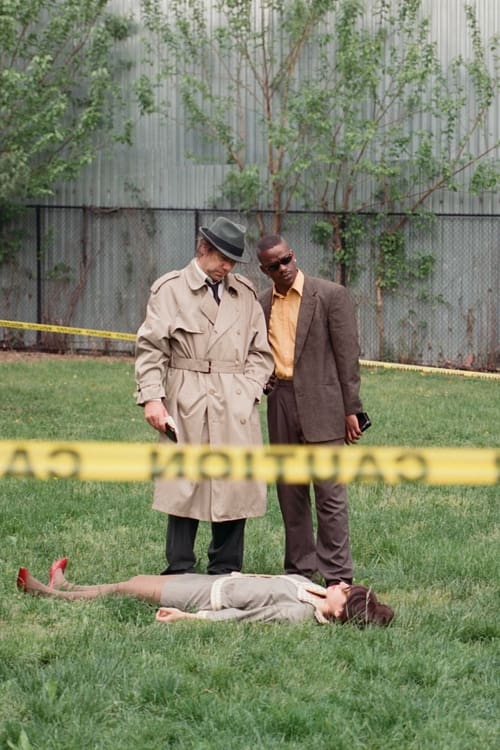
A melancholic man witnesses a murder in this no-budget neo-noir punk musical.
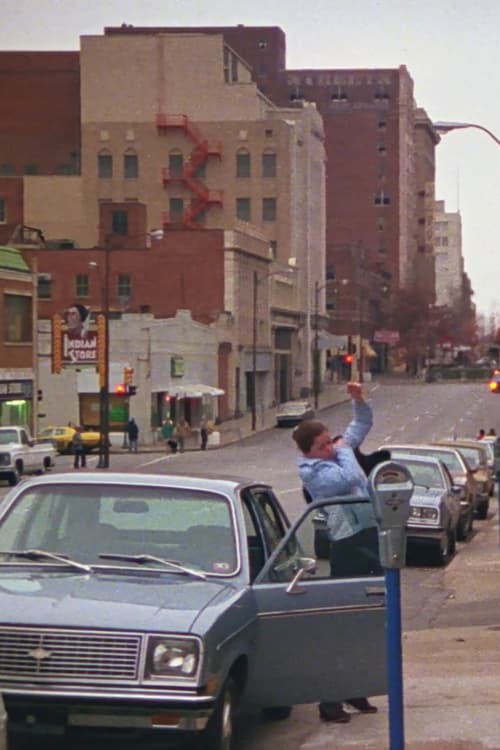
A comedic short using existing footage of a building demolition. A voice over is used to make it seem as if a film director is shouting instructions to actors and technicians, finally giving the order to destroy the building.
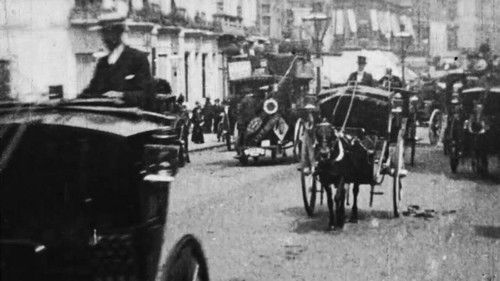
London street scenes, showing varieties of horse-drawn traffic. Views of Parliament Square, Charing Cross, Pall Mall, the Royal Exchange and others.
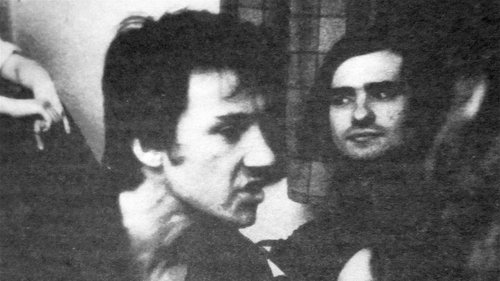
Two protest rallies against the Vietnam War that took place in May 1970: the Hard Hat Riot on Wall Street in New York City and Kent State/Cambodia Incursion Protest in Washington, D.C.
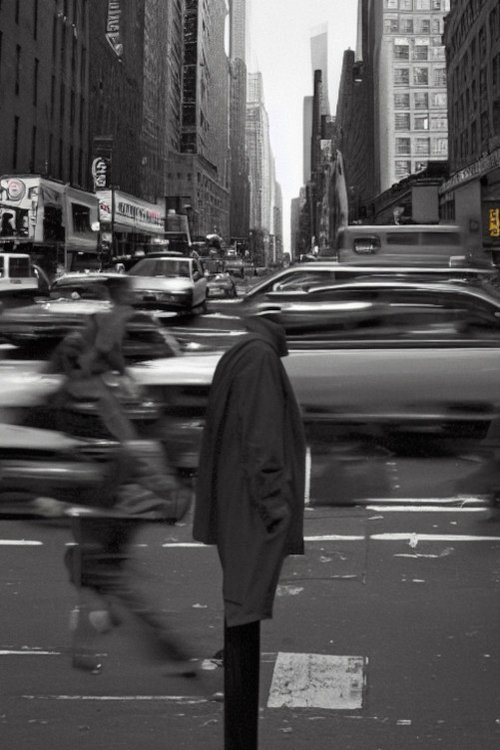
Animation created from early paper films.

A wintry Watford High Street buzzes with busy shoppers.

The opera takes place on the doorstep of a tenement on the East Side of Manhattan on two brutally hot days in 1946. The story focuses on two plotlines: the romance between Rose Maurrant and her neighbor Sam Kaplan; and on the extramarital affair of Rose's mother, Anna, which is eventually discovered by Rose's irritable father, Frank. The show portrays the ordinary romances, squabbles and gossips of the neighbors, as the mounting tensions involving the Maurrant family eventually build into a tragedy of epic proportions. Broadcast on BBC Two on New Years Day, 1993, this production was performed by the English National Opera and conducted by James Holmes.

"A double-decked trolley car, crowded with passengers, approaches and passes the camera. Carriages, pedestrians and bicyclists add to the action of the scene."

Lost film from 1888, directed by William Friese-Greene.

The first part of the film shows an actuality street scene of traffic in the Strand. Behind the traffic we can see the entrance to the Gaiety Theatre on the Strand, advertising its latest show 'My Girl'. The second part is a different film altogether, spliced onto the first and is R W Paul’s Turn Out of a Fire Brigade filmed in November 1896 in Newcastle at the Westgate Road fire station. The film date is 1896.

Shot at the intersection of Holy Corner in Liverpool, this street is a hive of people and traffic. Arguably during the first part of this century most trade was being conducted on the streets. When this was being filmed Liverpool had become a wealthy city, and the shop fronts are filled with items for sale.
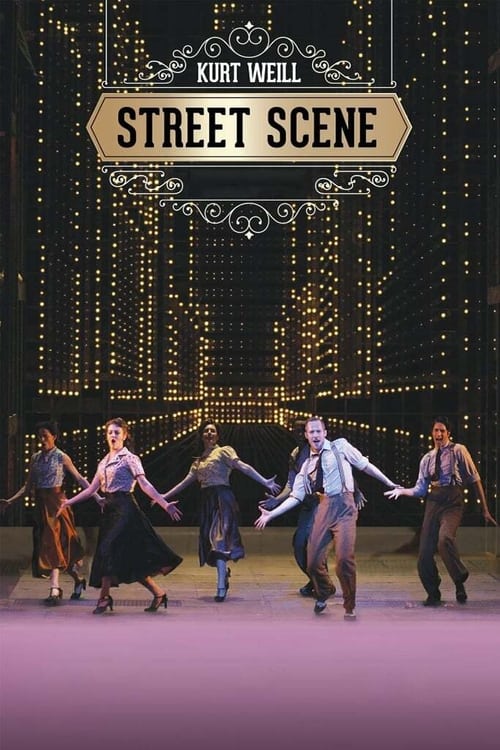
The main plot of this rampant collection of scenes from the streets of the lower East Side of New York revolves around Frank and Anna Maurrant and their daughter Rose. A violent and tough character, Frank fails to see his wife’s growing despair due to his lack of affection. When he discovers her with her lover, he shots them both and goes to jail, leaving behind a heartbroken Rose who, after having experienced relentless harassment by two aggressive suitors, misses her one true chance at love. The opera ends by showing the streets of New York City moving on from these mundane events in total indifference.
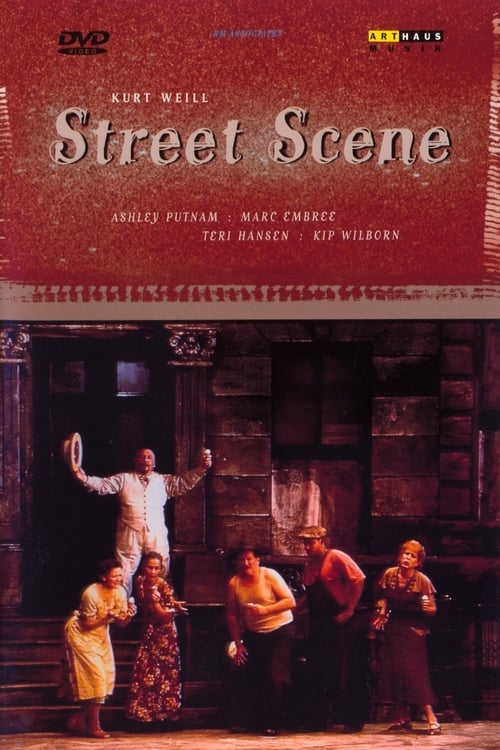
Street Scene is a Broadway musical or, more precisely, an "American opera" by Kurt Weill (music), Langston Hughes (lyrics), and Elmer Rice (book). It was based on the Pulitzer Prize-winning play of the same name by Rice. For his work on Street Scene, Weill received the first Tony Award for Best Original Score. In Germany, in the late 1920s and early 1930s, Weill had already begun to use American jazz and popular song elements in his operas. After fleeing from Germany in 1933, he worked in Paris, then England, and then, beginning in 1935, in New York. Weill made a study of American popular and stage music and worked to further adapt his music to new American styles in his writing for Broadway, film and radio. He strove to find a new way of creating an American opera that would be both commercially and artistically successful.

Street scenes released by Gaumont and filmed on equipment made by Georges Demenÿ. (On view at BFI Mediatheque).
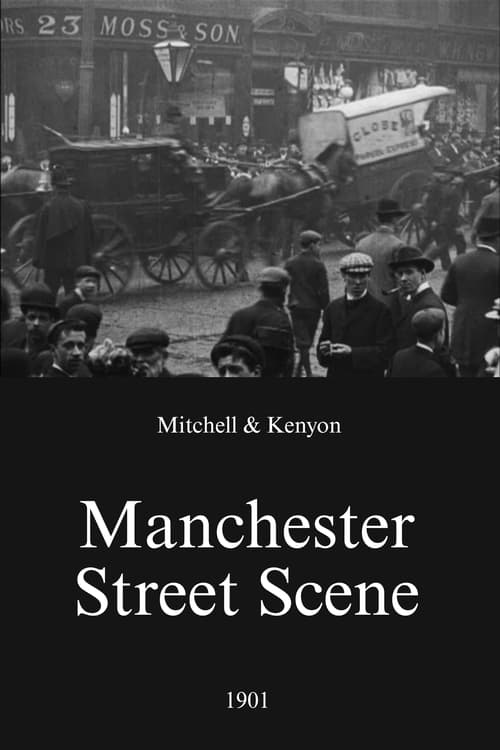
A rare glimpse of early Edwardian Manchester when the horse-drawn tram still reigned supreme.

Film produced by William K. Dickson’s British Mutoscope and Biograph Company.

From the arrival of a new viceroy to street markets, this amateur film captures the diversity of life in colonial India.

Here is another view on the Bund, with The Garden on the left, with its high arched conservatory. As in the former scene, the peculiar wheelbarrows prove to be the central attraction. Evidently some tourists are enjoying the novel vehicle, as shown by the hilarity of the party that passes by in front of our artists. A barrow is often loaded with three or four passengers, although but one man propels it.
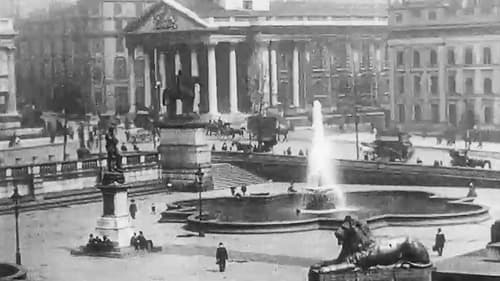
Spot the changes and continuities in this majestic Edwardian panorama of Trafalgar Square.
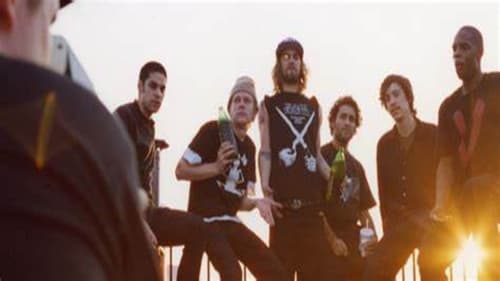
Dash Snow rejected a life of privilege to make his own way as an artist on the streets of downtown New York City in the late 1990s. Developing from a notorious graffiti tagger into an international art star, he documented his drug- and alcohol-fueled nights with the surrogate family he formed with friends and fellow artists Ryan McGinley and Dan Colen before his death by heroin overdose in 2009. Drawing from Snow’s unforgettable body of work and involving archival footage, Cheryl Dunn’s exceptional portrait captures his all-too-brief life of reckless excess and creativity.
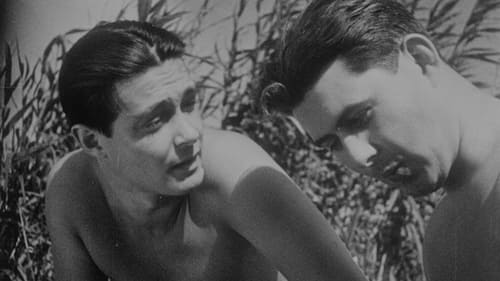
A semi-documentary experimental 1930 German silent film created by amateurs with a small budget. With authentic scenes of the metropolis city of Berlin, it's the first film from the later famous screenwriters/directors Billy Wilder and Fred Zinnemann.
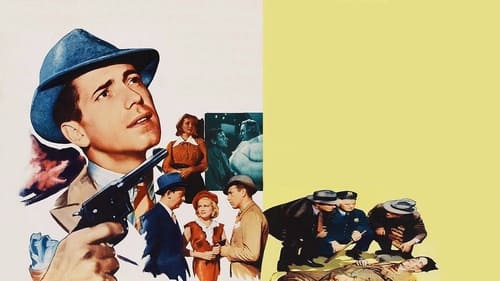
Mobster "Baby Face" Martin returns home to visit the New York neighborhood where he grew up, dropping in on his mother, who rejects him because of his gangster lifestyle, and his old girlfriend, Francey, now a syphilitic prostitute. Martin also crosses paths with Dave, a childhood friend struggling to make it as an architect, and the Dead End Kids, a gang of young boys roaming the streets of the city's East Side slums.
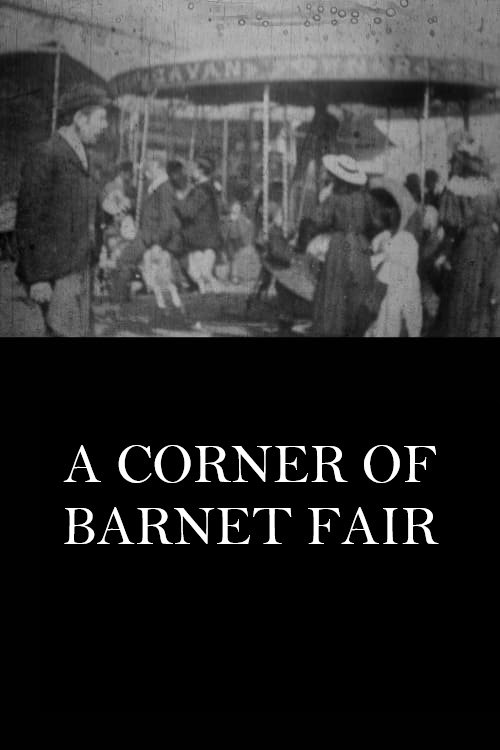
From the BFI Collection, this film is actually two films spliced together into one. The first is Birt Acres' work 'A Corner of Barnet Fair' which is the first film seen . This shows a merry-go-round and some people sitting in a doorway while street traffic goes by. The second film is a fragment of unknown origin of a street outside a very large building of what looks like a possible theatre, with a large Victorian awning. the shop next door appears to be selling wines and spirits. A horse drawn charabanc goes past, followed by a male bicyclist. This is closely followed by a male and female couple in an open carriage and two carts with workmen staring at the camera as they pass. Both films are believed to be from Barnet, given they have been spliced together. The film is in a deteriorated state with some rippling.

An actuality film of traffic and pedestrian movement at the end of a bridge. In the distance on the other side of the bridge, the tops of some large buildings are visible, including a domed building. The location is unconfirmed.